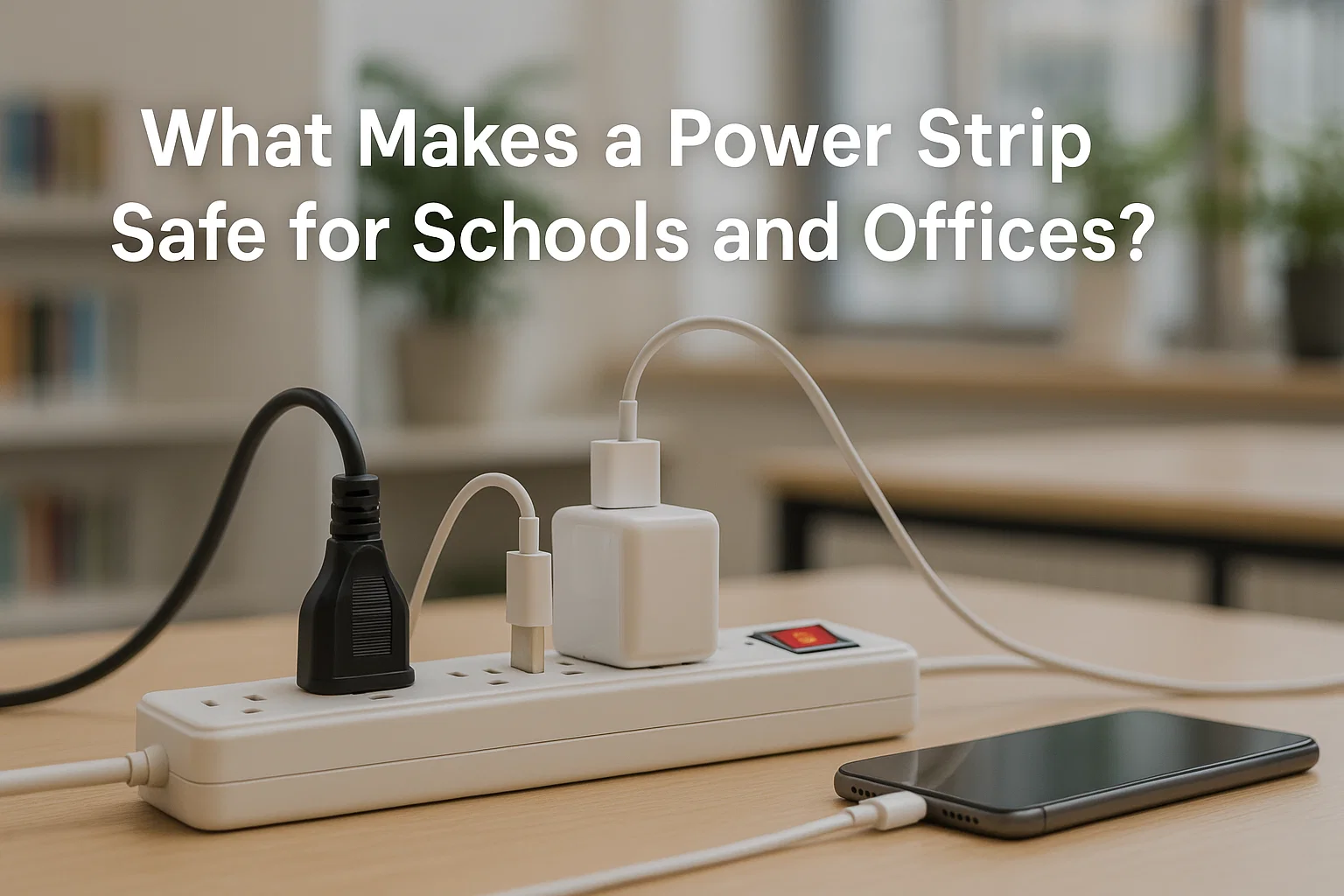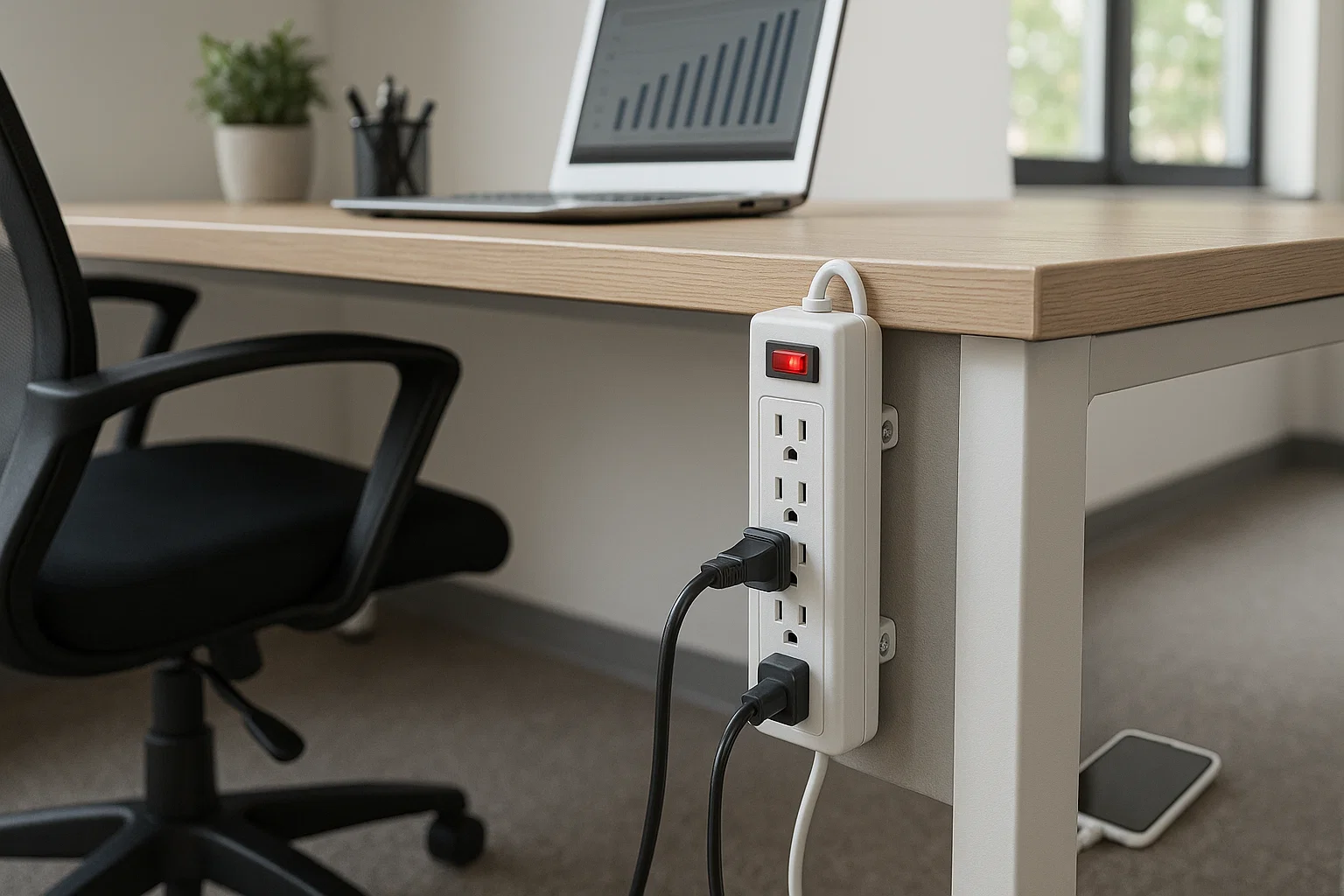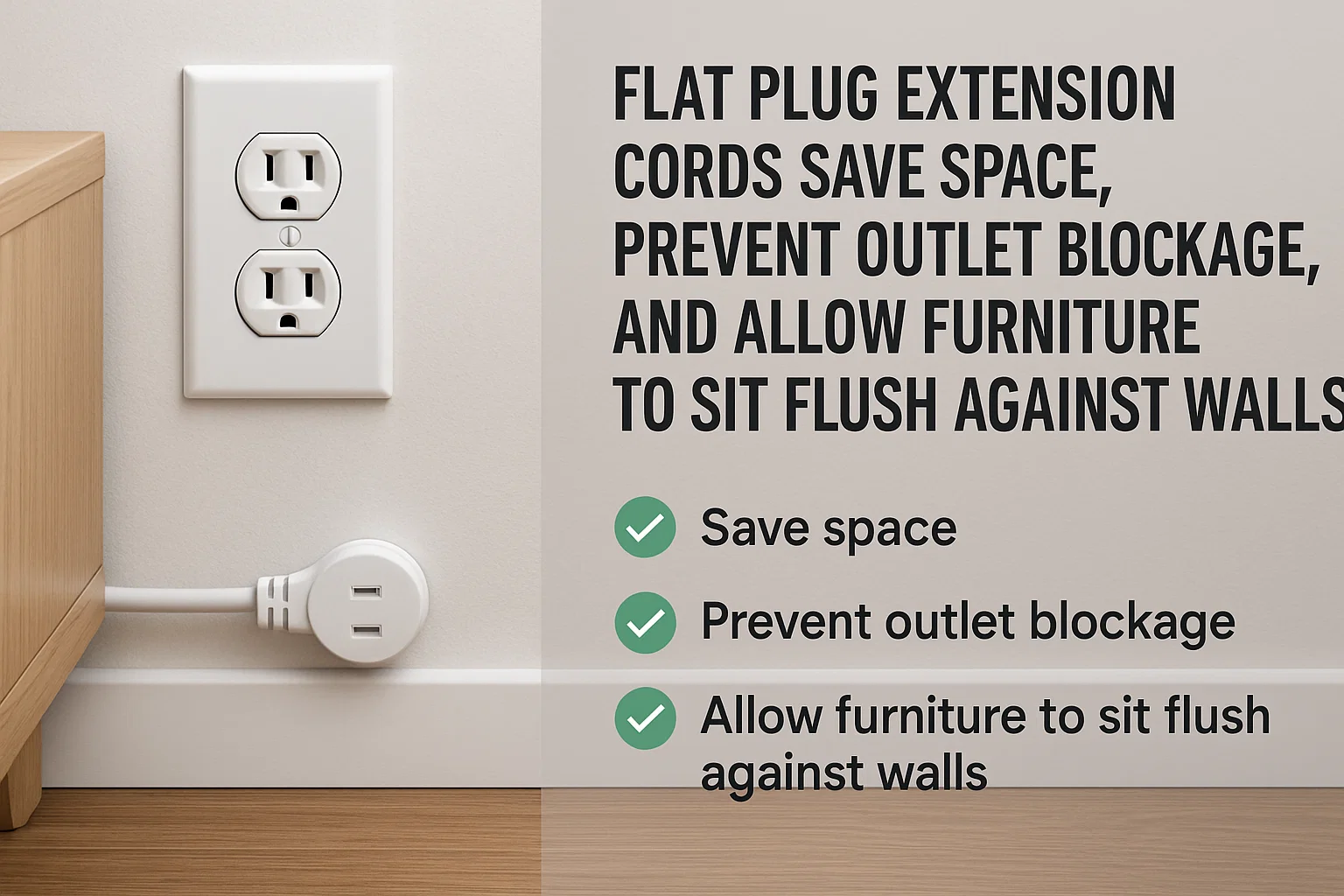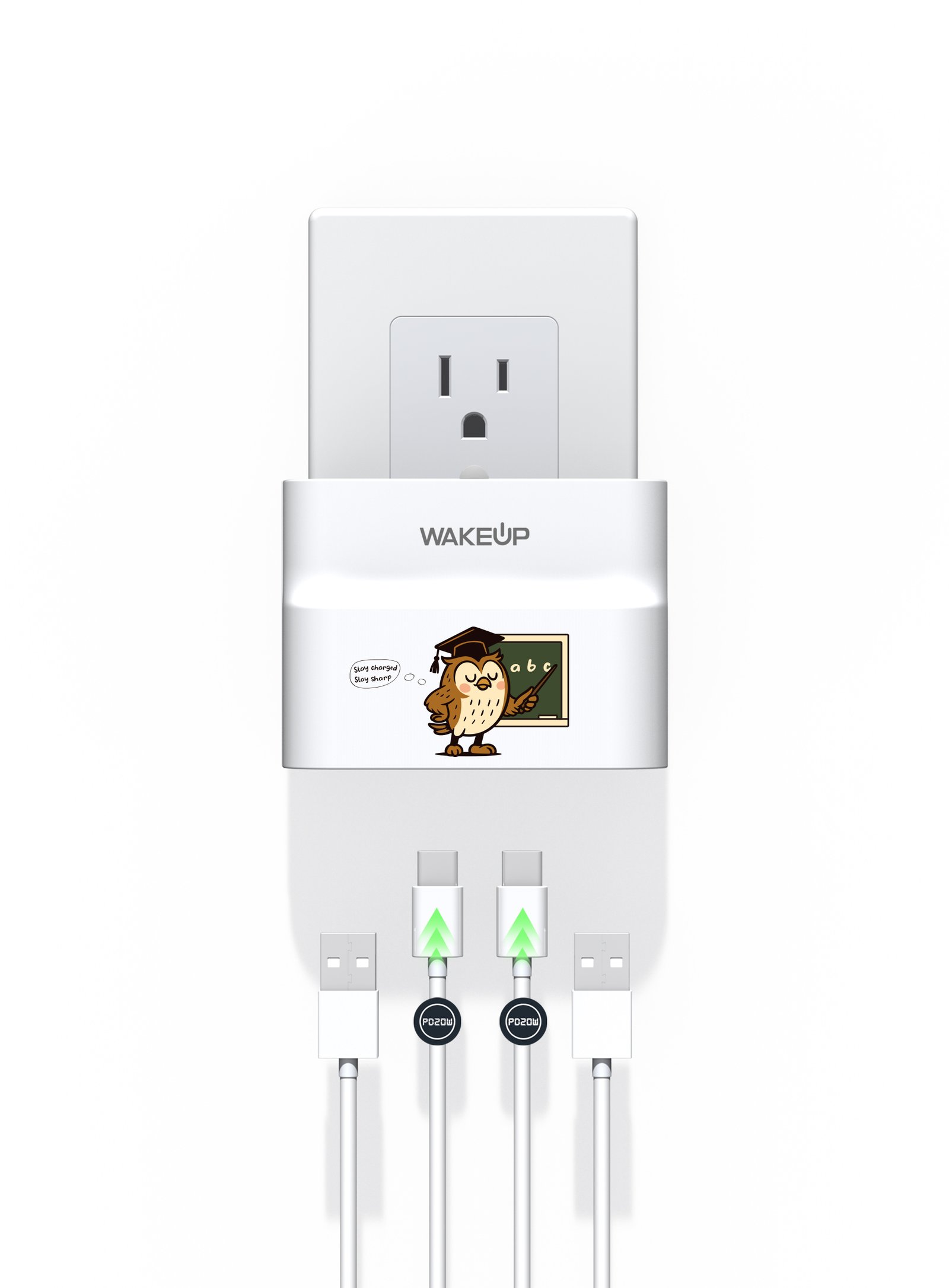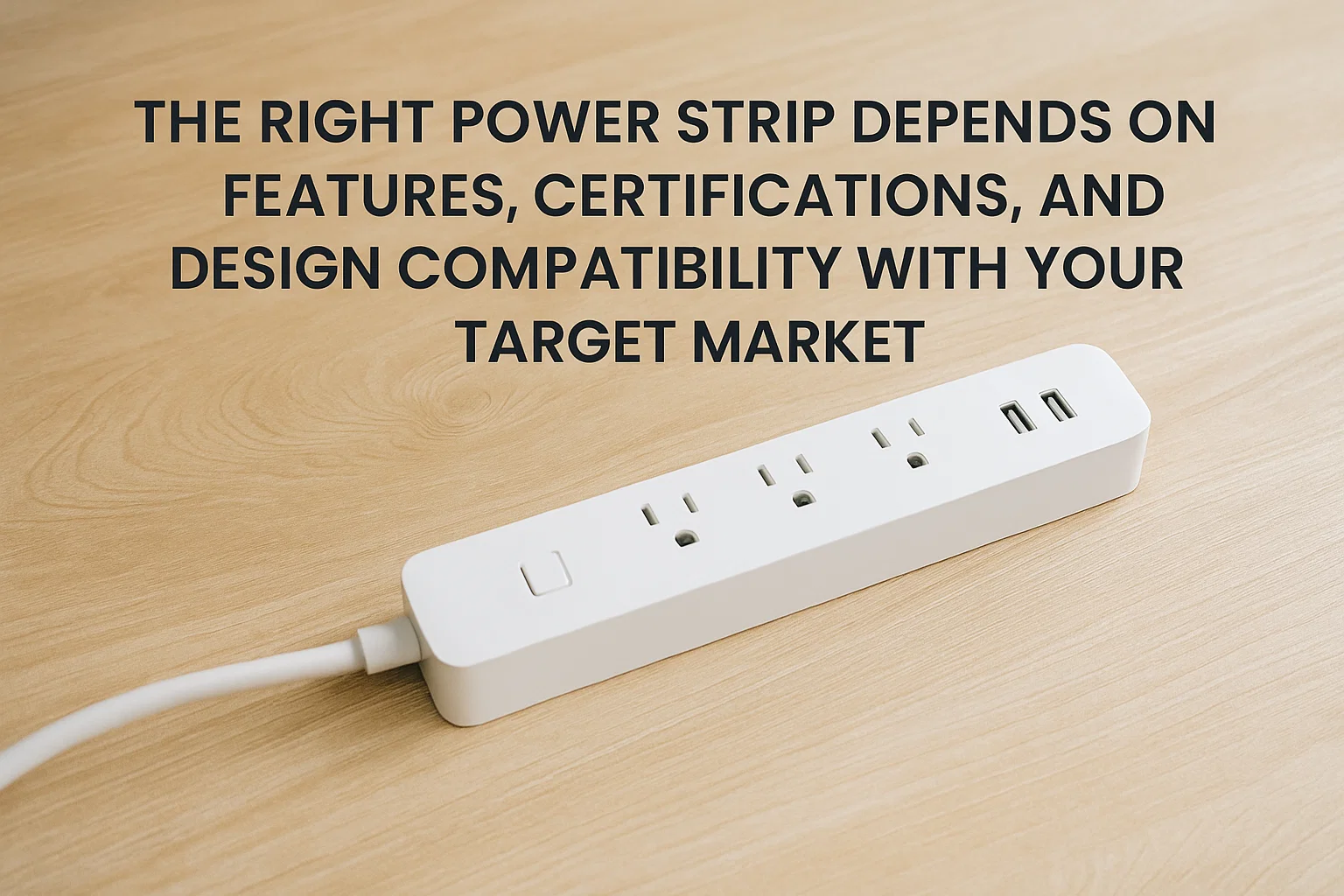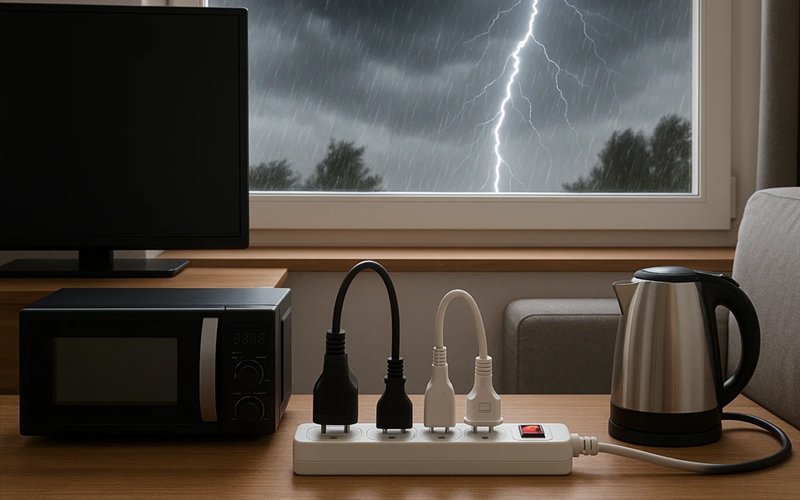
Storms cause sudden power surges that damage your appliances. Surge-protected power strips offer the first line of defense.
Use surge-protected power strips to prevent storm-related voltage spikes from damaging your appliances.
Don't risk replacing costly electronics—read on to find safer ways to power your home.
What Damage Can Storms Do to Your Appliances?
Lightning can strike fast, frying circuits in your most expensive appliances.
Storms can cause high-voltage surges that damage or destroy unprotected devices.
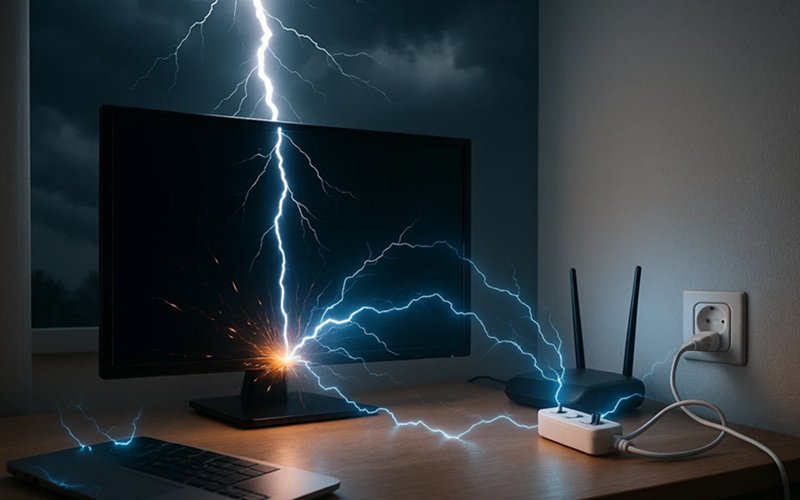
Surges from storms often enter your home through the grid. When power lines are hit or the utility network becomes unstable, your home's electrical system absorbs the excess voltage. Most appliances can only handle a standard 120V flow. If a surge sends through 500V or more, which happens often during storms, devices like TVs, air conditioners, fridges, and routers are at serious risk.
Common Appliance Failures Caused by Surges
| Appliance Type | Typical Surge Effect | Cost to Replace |
|---|---|---|
| Television | Circuit board failure | $300–$800 |
| Wi-Fi Router | Connectivity loss | $50–$200 |
| Refrigerator | Compressor burnout | $700–$2,000 |
| Microwave Oven | Control panel fry | $100–$300 |
| Gaming Console | Memory corruption | $300–$600 |
During one storm season, I lost my old smart TV. The surge happened while I was away. Since then, I always use power strips with surge protection on all my electronics.
Are All Power Strips Surge Protectors?
Many people assume all power strips offer surge protection—they don't.
Basic strips only split outlets; only surge protectors absorb voltage spikes.
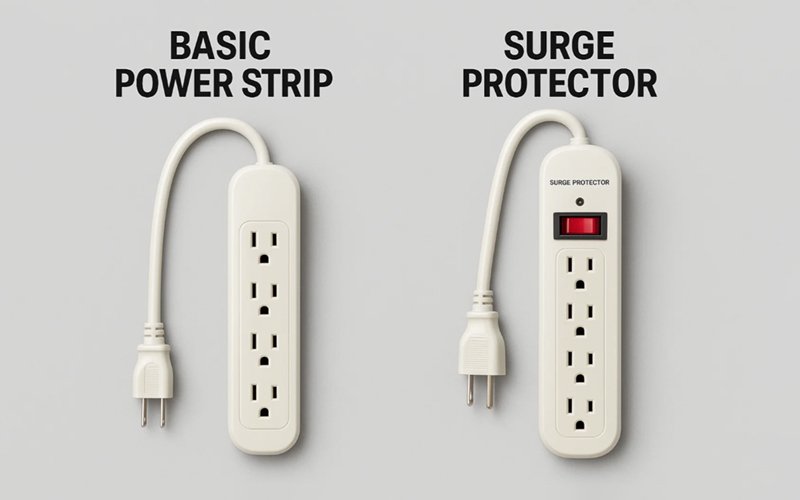
The difference lies inside. Basic power strips simply give you more outlets. But surge protectors are built with components like MOVs (metal oxide varistors) that absorb extra voltage. If you're selling or buying for storm-prone markets, it's essential to know what to look for.
Key Features of a Real Surge Protector
| Feature | Description |
|---|---|
| Joule Rating | Minimum 1000J for storm protection |
| Surge Protection Label | Clearly marked on product or packaging |
| Indicator Light | Shows protection is active |
| Certification Marks | ETL, UL, or cETL are must-haves |
| Response Time | Less than 1 nanosecond preferred |
Many procurement officers in our network mistakenly bought basic strips thinking they were protected. The result? Returns, losses, and customer complaints. Always confirm the specification with your supplier before purchase.
How to Properly Use Power Strips During Storms?
Even surge protectors must be used correctly for full protection.
Place surge-protected strips in key areas, and follow safe load limits.
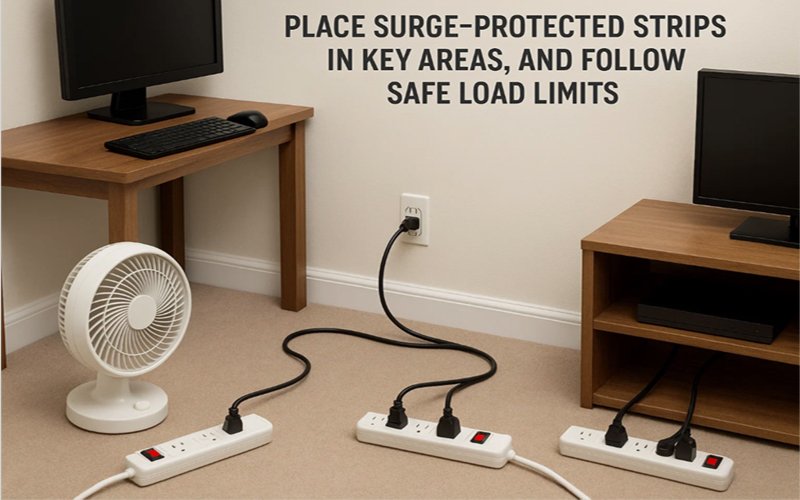
A high-quality surge protector is only effective if it's used the right way. First, make sure you're plugging it into a grounded outlet. Grounding allows surges to discharge safely. Second, never overload the strip. If you're powering a microwave, a fridge, and a kettle on one strip, you're asking for trouble—especially in unstable weather.
Smart Usage Tips for Storm Season
-
Unplug during a direct lightning storm
Even the best surge protector can’t stop a direct hit. When in doubt, unplug. -
Don't daisy-chain
Connecting multiple strips together increases risk and often breaks code compliance. -
Check the indicator light
If it’s off, the MOV inside may be burned out. Replace the strip immediately. -
Use short cords
Shorter cords mean less voltage drop and safer power delivery.
Grounded vs. Non-Grounded Outlets
| Feature | Grounded Outlet | Non-Grounded Outlet |
|---|---|---|
| Surge Protector Function | Fully operational | May fail to redirect surges |
| Fire Risk | Low | High |
| Protection Scope | Complete | Partial or none |
During a customer case in Texas, an entire shipment of extension cords had to be returned because the strips were installed on ungrounded two-prong sockets. We now educate our distributors to verify wall receptacles before deployment.
Why Are Surge Protectors a Smart Seasonal Sell?
Storm seasons mean higher appliance failure—and increased power strip demand.
Offering surge-protected strips boosts your product value during storm season.
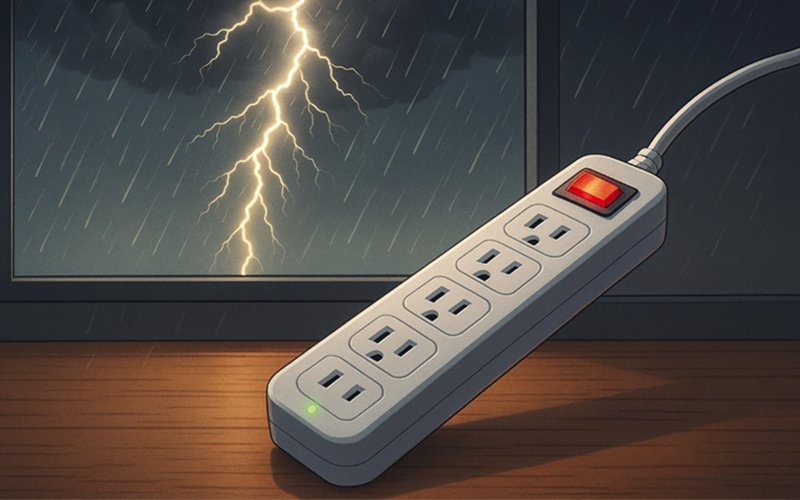
Every year from May to September, U.S. and Canadian retailers see spikes in home improvement sales. That includes demand for indoor protection accessories. As a supplier, promoting surge-protected strips as a storm-ready solution aligns with customer fears and real needs.
What B2B Buyers Should Look For
| Buyer Type | Key Consideration | Surge Strip Advantage |
|---|---|---|
| Retail Chains | Seasonal promotions, packaging | Color-custom branding available |
| Electrical Distributors | Certification, cable grade | UL, ETL, cETL options |
| Online Resellers | Product USP, Amazon compliance | USB + surge combo is hot |
Suggested Marketing Angle
- Headline: “Protect Your Home—Don’t Let the Storm Win.”
- Product Hook: “ETL Surge-Protected Strips for Every Room.”
- Retail Bundle Idea: Combine surge strip + USB charger = travel kit for storm season
We’ve helped North American buyers launch seasonal SKUs under their own private labels with unique color cords and storm messaging. These bundles consistently outperform plain SKUs during Q2–Q3 cycles.
What Is the Lifespan of a Surge Protector?
Surge protectors don’t last forever—they wear down after each hit.
Most strips lose protection after repeated surges, even if they still work.

A power strip might still power your device, but that doesn’t mean the surge protector part still works. MOVs have a limited energy absorption capacity. Each time a surge hits, it uses up part of that capacity. After a few big storms, or several smaller spikes, the MOVs can fail silently.
How to Know It’s Time to Replace
| Signal | Meaning |
|---|---|
| No indicator light | Protection may be gone |
| Burning smell or heat | Component damage |
| Age over 3–5 years | End of typical surge protection life |
| Exposed internal parts | Unsafe, replace immediately |
Some strips now come with end-of-life indicators, but many don’t. I always advise our buyers to treat surge strips as consumables. Promote replacement every 2–3 years—especially in areas with unstable grids or frequent summer storms.
Conclusion
Storms are unpredictable—but protecting appliances doesn’t have to be. Use certified surge-protected power strips to stay safe.


